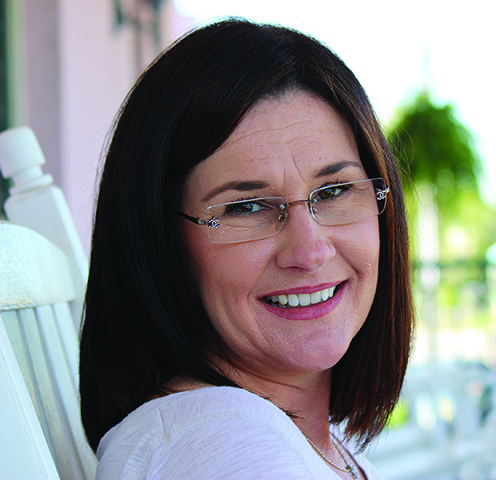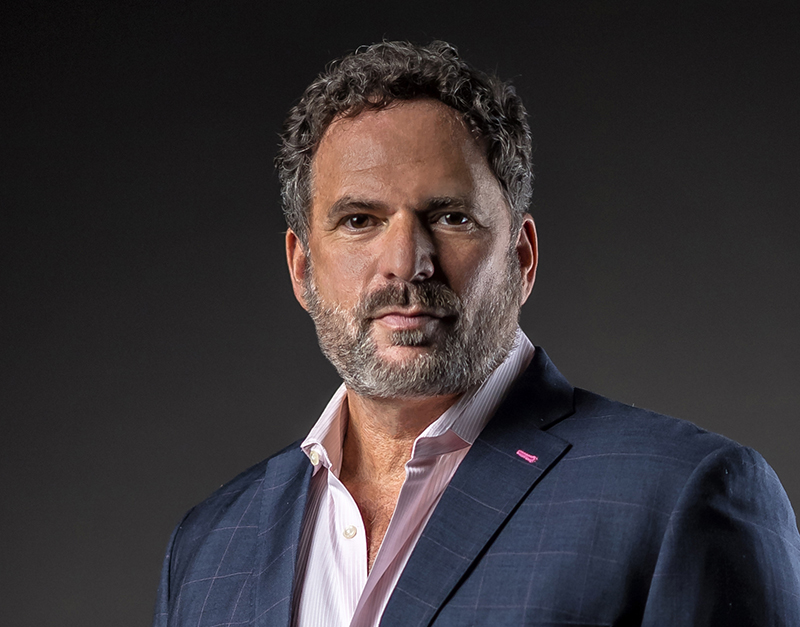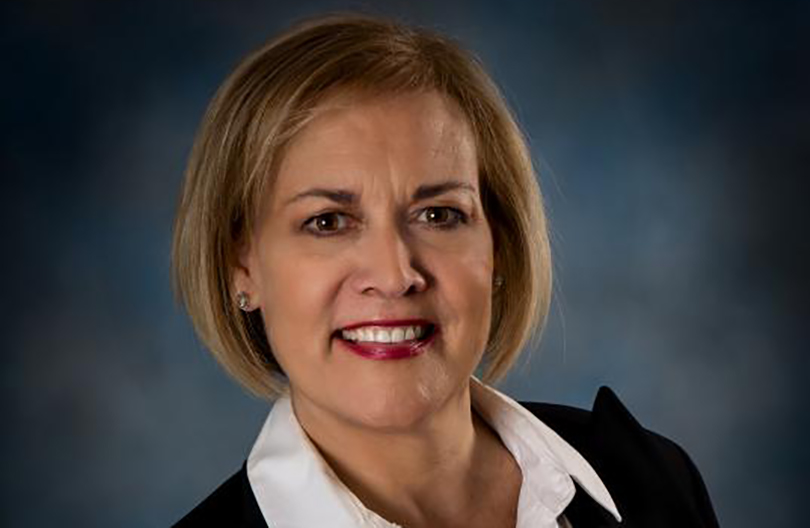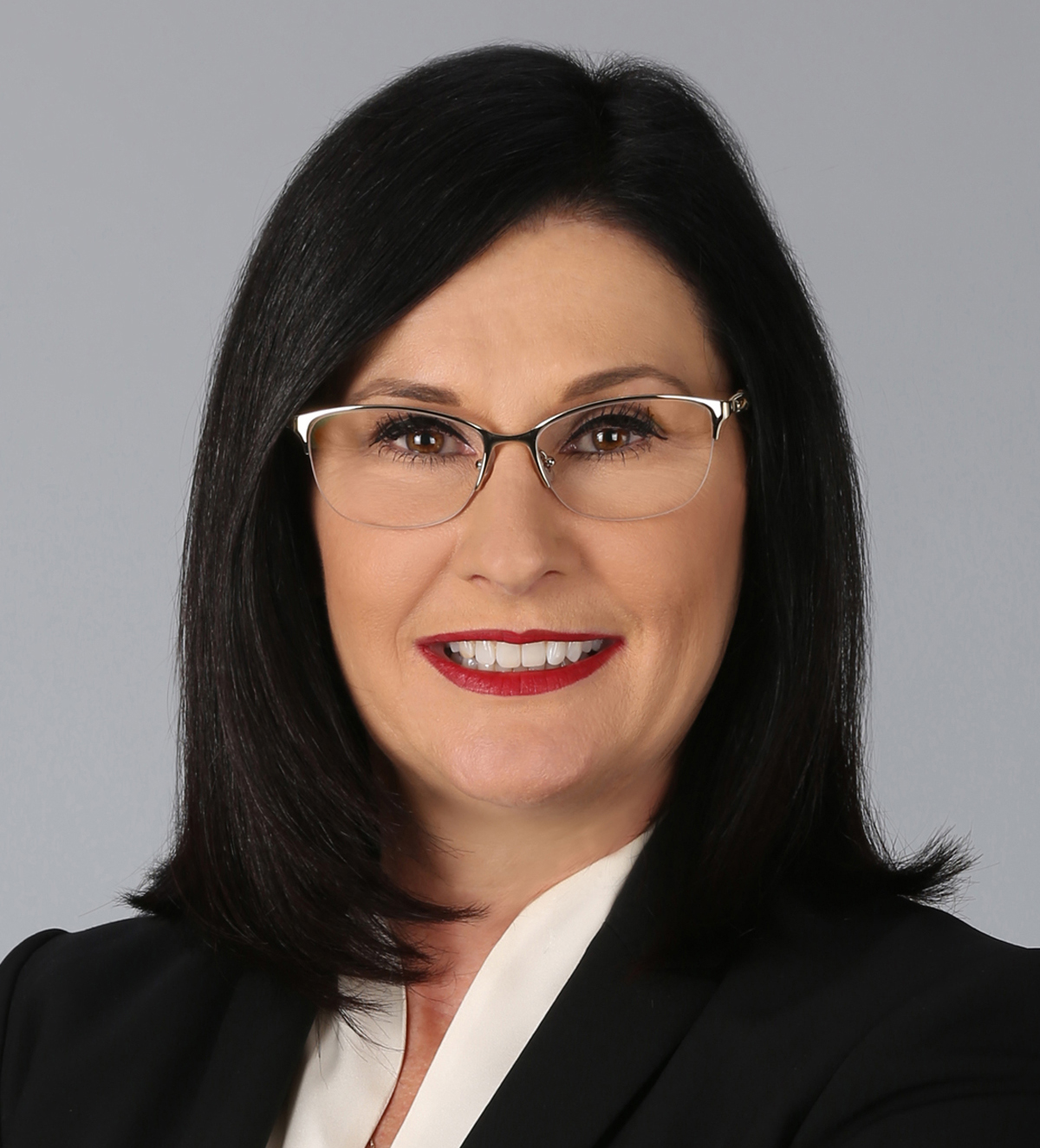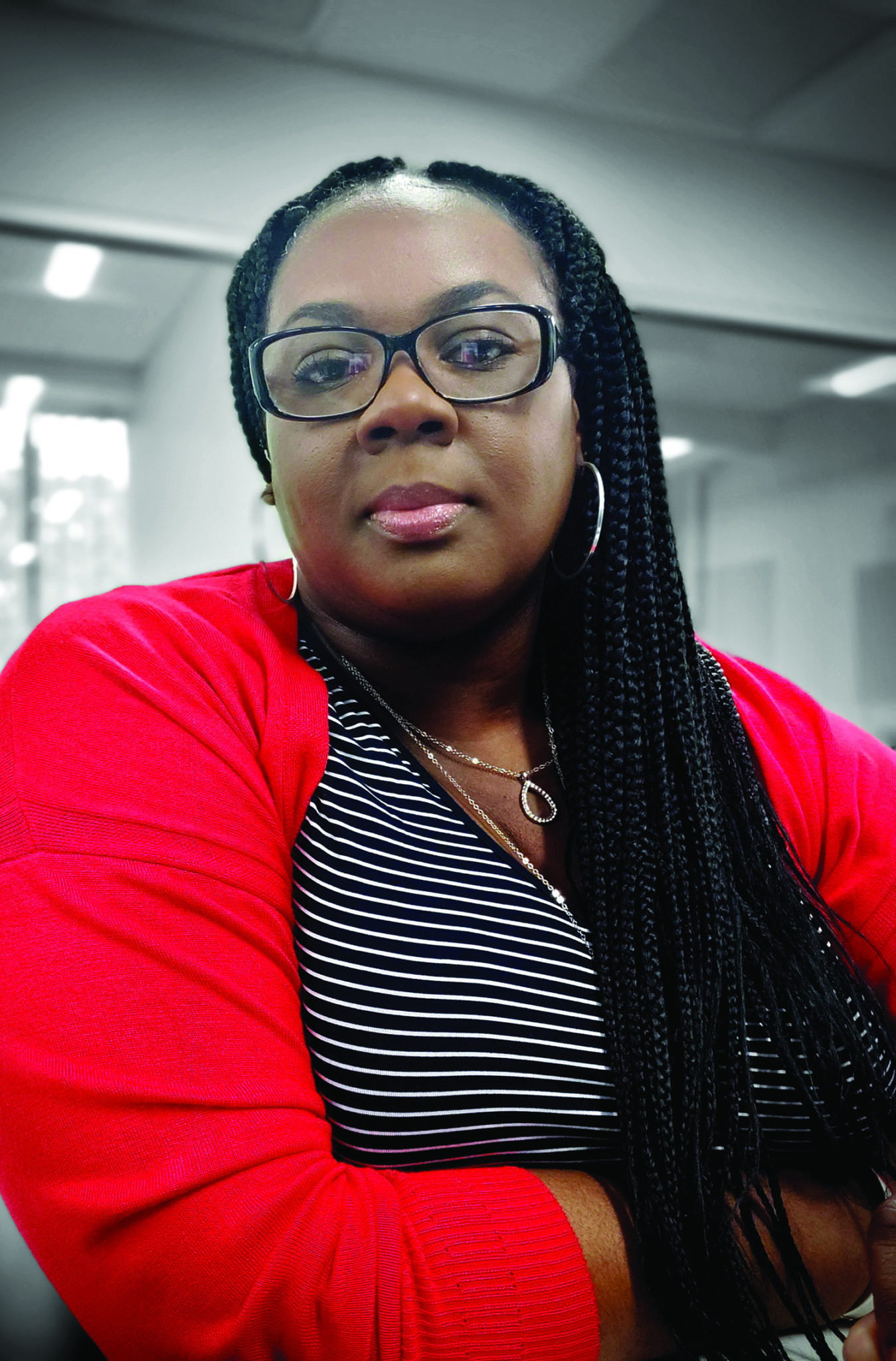By Darcie Lunsford
There are times you want to set trends. Then there are times you simply want to follow them.
And in the first quarter, South Florida broke out from a broader national trend of growth in the sale of office, retail, hotel, industrial, multifamily and development properties, according to Real Capital Analytics data.
Sales of commercial real estate assets nationally ticked up 8 percent, to $113.1 billion in the first quarter, reversing a five-quarter slide, according to the analytics firm.
While South Florida still ranked among the nation’s top 15 markets for commercial real estate sales volume, the year-over-year deal sum fell 30 percent in the first quarter to $2.4 billion from $3.7 billion in the same quarter of 2017, and $5.1 billion in sales in the first quarter of 2016, a benchmark year.
“The interesting thing was that the first two months of the year were strong, and then March was a little bit weak and then April even more so,” says Real Capital Senior Vice President Jim Costello, citing a rise in interest rates in April for that month’s falling deal volume dip of 22 percent nationally and 16 percent in South Florida.
But resilient South Florida is unlikely to stay out of lockstep with the nation for long.
South Florida’s first-quarter dive largely can be traced to a single mega-retail deal that skewed the numbers in 2017: Regency Centers sold $1.3 billion in South Florida retail assets in March 2017, according to Real Capital.
If not for that, South Florida’s year-over-year sales volume in the first quarter would be up 11 percent comparatively, Costello notes.
Experts tend to pay attention to first-quarter volume as a bellwether. Strength in the first quarter, which is generally the lightest deal-closing quarter of any given year, often sets the pace for the rest of the year. The fourth quarter typically is the strongest as buyers and sellers focus on closing before the end of a tax year.
“It is still a strong, vibrant, robust market. It is just not as robust as it was two years ago,” says Travis Deese, senior research analyst at CBRE.
Considering the current economic expansion cycle just eclipsed the 1960s to become the second-longest on record, many assets in the most-coveted markets already have changed hands.
“Sellers have sold every asset that is worth buying, and now we have retraded those assets, and some have even retraded again,” Deese says. The dynamic, he notes, drives up prices, compresses returns for buyers, particularly in the major gateway markets of New York; Washington, D.C.; Boston; San Francisco; Chicago and Dallas.
He says this should be good for markets such as South Florida, as a broader pool of buyers now look to it for better value and higher returns.
Transaction volume is also a function of market inventory.
“We are not seeing a ton of product coming on the market because tax reform made real estate more valuable,” says Doug Mandel, senior managing director at investment sales brokerage Marcus & Millichap.
The $1.5 trillion Tax Cuts and Jobs Act gives a 20 percent deduction on pass-through business income, which is beneficial to commercial real estate interests because most buildings are held in qualifying business partnerships or limited liability companies.
“We are seeing a ferocious appetite on the ‘buy’ side,” Mandel says. But the present top-of-the-market pricing, he says, is fueling cautious underwriting by prudent buyers, who want a deep understanding of a building’s operational and capital expenses to deflect even-thinner return spreads, after its acquisition. ↵
Freelance writer Darcie Lunsford is a former real estate editor of the South Florida Business Journal. She is the senior VP for leasing at Butters Group and is avoiding a conflict of interest in her column by not covering her own deals.



